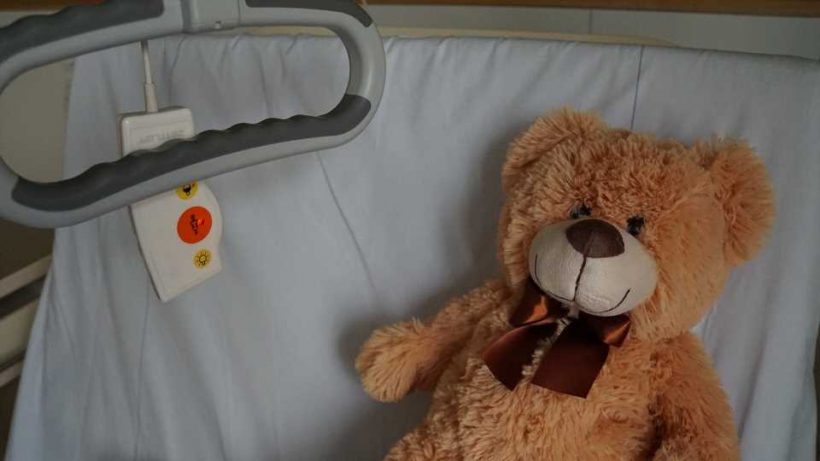
Emergency departments across the country are experiencing a surge in children with respiratory syncytial virus (RSV) and bronchiolitis, a complication of RSV. Luckily, many of these young patients can avoid hospitalization and safely recuperate at home.
Bronchiolitis, an inflammation of the small airways in the lung, is very common among infants and children in the winter months. It is caused by RSV, as well as adenovirus, rhinovirus, human metapneumovirus and parainfluenza virus.
UC Davis pediatric emergency medicine physicians Leah Tzimenatos and Nate Kuppermann answered questions about when to take your child to the emergency room—and when you might not need to.
What are the symptoms of bronchiolitis?
Bronchiolitis usually begins as a cold with stuffy or runny nose and cough. In infants and young children, the symptoms may also include:
- Breathing fast
- Breathing hard
- A whistling sound (wheeze) when breathing
- Fever (temperature greater than 100.4°F)
- Irritability or fussiness
- Not eating well
In healthy infants and children, bronchiolitis is usually mild and goes away on its own. Not all children having symptoms of bronchiolitis need to be seen in the emergency department or hospital. Most of them can be cared for at home.
When should children be seen in the emergency department?
Children should be seen in the emergency department if they have these symptoms:
- Fast breathing (for infants younger than six months, this may be 60 to 80 times per minute) or difficult breathing that is not improving after suctioning the nose
- Pale or blue-tinged skin, lips or nails
- Severe coughing episodes
- Severe sucking in at base of the throat or seeing the outline of ribs during breathing (retractions), flaring nostrils, grunting noise with each breath
- Pauses in breathing more than a few seconds
When should you contact your child’s pediatrician or primary care physician?
Contact a medical provider if your child is showing any of the following symptoms:
- Fast or difficult breathing
- Poor eating
- Decreased frequency of urination, decreased number of wet diapers
- They are sleepier than usual or more fussy and difficult to console
How should parents care for a child with bronchiolitis at home?
- Unfortunately, there are no medications to cure bronchiolitis. Viral illnesses cannot be treated with antibiotics.
- Treat your child with supportive care and encourage them to drink plenty of fluids.
- Suction youre child’s nose if needed, with a bulb syringe or nasal aspirator (such as a NoseFrida), before they eat or sleep or when they seem to be breathing hard.
- Using saline drops in the nose with suctioning can help to remove mucous.
- Encourage your child to drink by offering small, frequent feedings
- Give acetaminophen, as directed, or ibuprofen (if older than six months of age) as needed for fever.
- Do not smoke around your child because secondhand smoke can increase the severity of bronchiolitis.
- Make a follow-up appointment with your child’s doctor.
How long will the symptoms last?
- Bronchiolitis often lasts longer than a usual cold.
- It is normal for fever to continue and for stuffy nose and cough to last one week, and sometimes longer.
- Sleeping and eating routines may not return to normal for one week.
If there are no medications for bronchiolitis, how is it treated in the hospital?
- Hospital care supports the child until their symptoms improve to a level that is safe to care for your child at home.
- Suctioning of the nose with a bulb suction or wall suction with saline drops to rinse and open the child’s nasal airway passages.
- Hydration with tube feedings or intravenous (IV) fluids, if the child is dehydrated and not able to drink sufficiently.
- Additional oxygen may be given, if needed to maintain blood oxygen to safe levels.
- Breathing treatments with inhalers or nebulizers usually do not help children with bronchiolitis, but might be tried in the hospital.
- If the child is using their chest muscles to breathe for long periods of time (with the outline of their ribs showing), additional breathing support can be provided through the nose or a mask.
- Rarely, a breathing tube is needed to support breathing.
Source: Read Full Article
